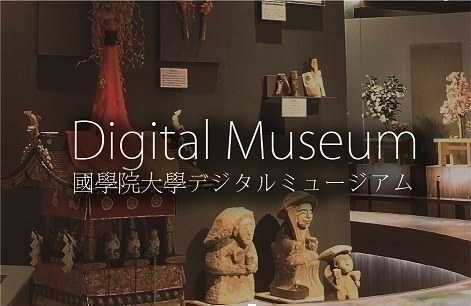- トップ
- Encyclopedia of Shinto
- Ōtono hogai
Encyclopedia of Shinto
| Main Menu: | |
| Links: |
詳細表示 (Complete Article)
| カテゴリー1: | 5. Rites and Festivals |
|---|---|
| カテゴリー2: | State Rites |
| Title | Ōtono hogai |
| Text | A court ritual directed at the three kami Yafunekukunochi no Mikoto, Yafune toyouke hime no Mikoto, and Ōmiyanome no Mikoto intended to protect the palace from disasters. It was performed on various occasions, including the daijōsai (the first niinamesai celebration performed by a new emperor after accession to the throne kōi keishō), the annual niinamesai (imperial harvest festival) and jinkonjiki (a communal meal with the kami for the imperial ancestors), upon transfer of the imperial residence, and after the plastromancy divination (bokujō) to determine which imperial heirs would serve as saigū or saiin. The norito liturgy for this ritual contained in the Engishiki is a pacification blessing meant to ensure the peacefulness of the new palace built for imperial accession. Before the establishment of the imperial capital (kyūto), each imperial accession provided the occasion for moving the palace to a new location and was accompanied by divinations to appoint the saigū and saiin. The ritual, originally performed when building a new palace on the occasion of a new emperor's accession to the throne, came to be performed on a variety of other occasions. The rite consists of hanging jewels at the four corners of the building, having the official female plastromancy oracle (mi-kannagi) scatter rice, sake, and mulberry paper confetti (kiriyuu) while the court priest (inbe) recited a norito liturgy in a low voice. The main rite was accompanied by a minor ceremony called mikado hogai, in which the mi-kannagi scattered rice and sake around the palace gate. While this ceremony was originally used to bless newly-built buildings, it also came to be used as a means of ‘spiritually rebuilding' even old buildings. — Takamori Akinori |




